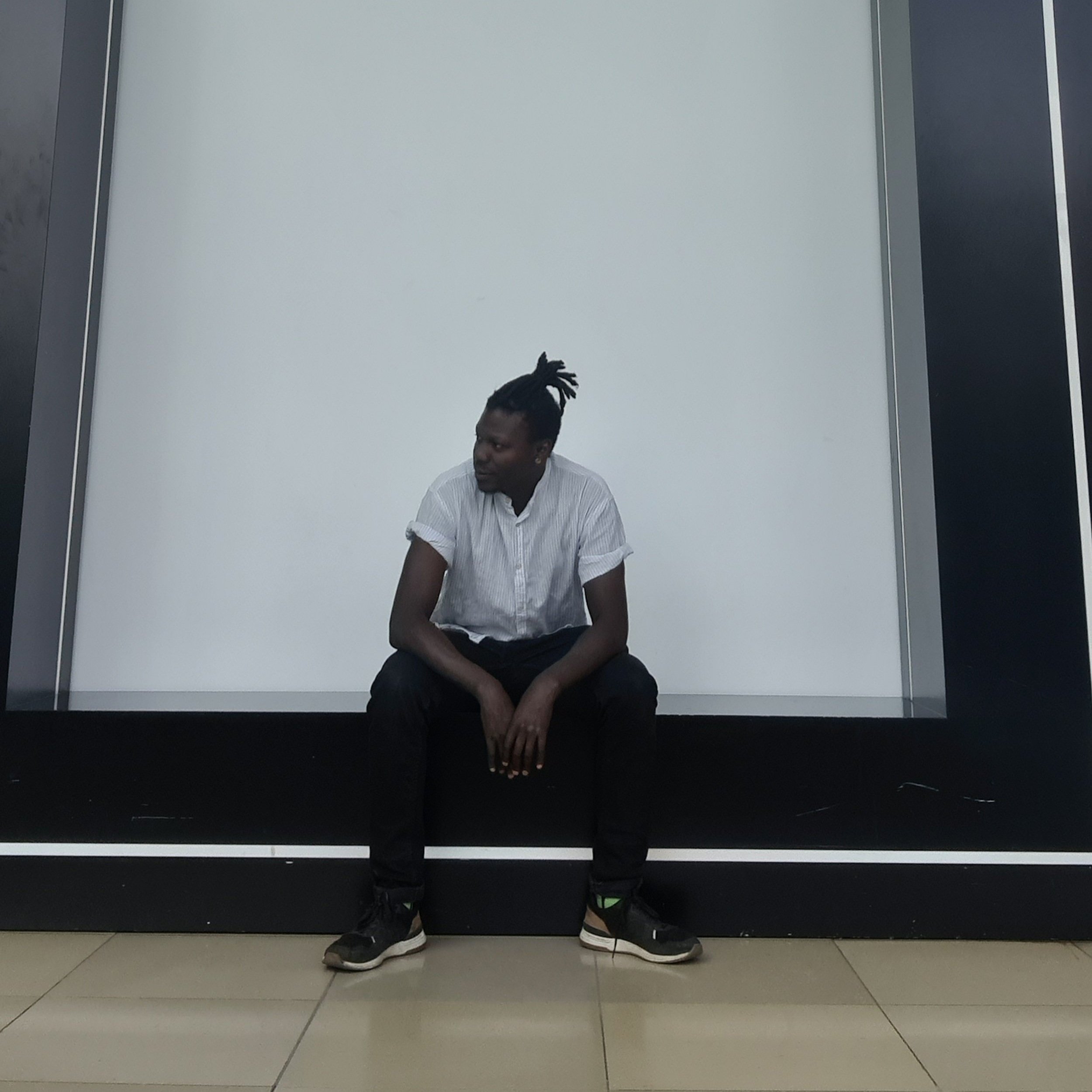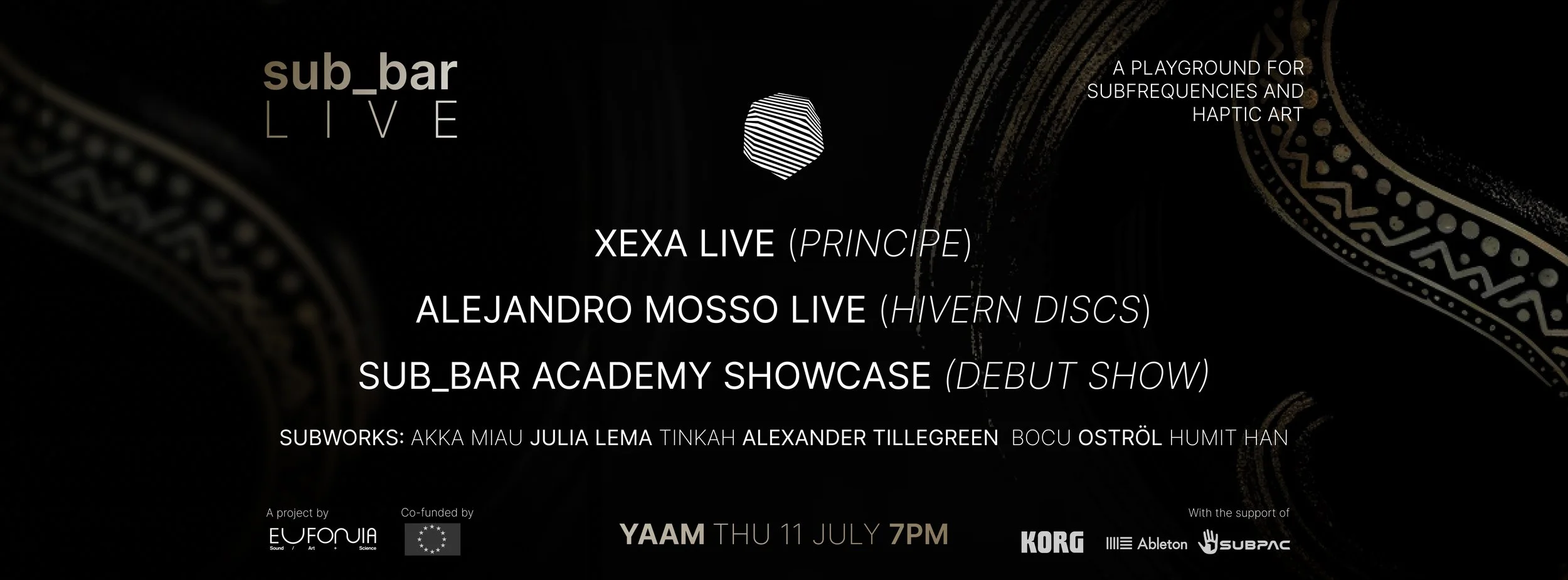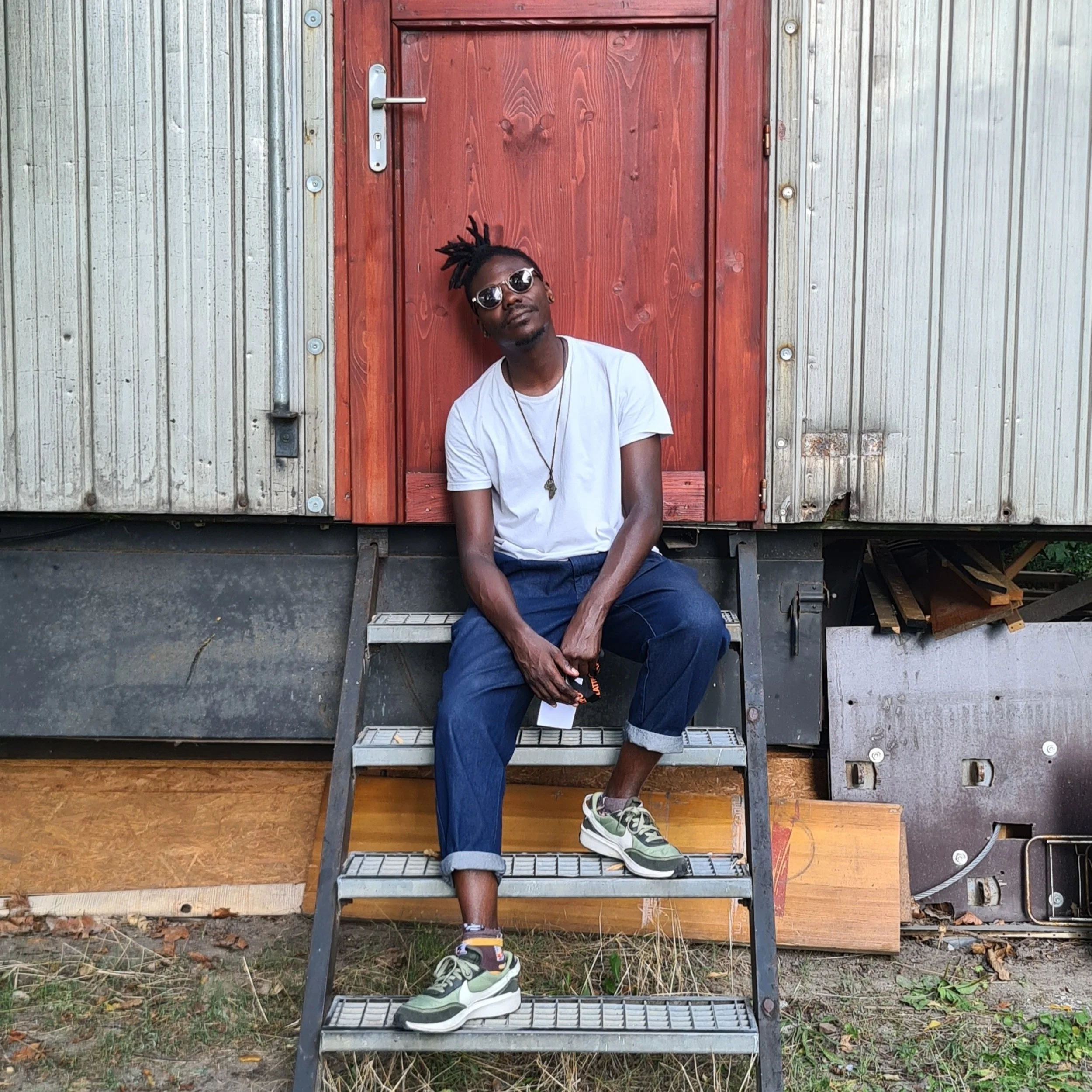Getting to know: Dodzi Dougban
Today, Atelier Francesco interviews Dodzi Komlan Dougban, a distinguished artist, children's sports trainer, dance and movement instructor, and expert in non-verbal communication. Dodzi is currently training at Sub_Bar Academy in Berlin, and is preparing his performance at Sub_Bar LIVE @ Yaam, Thursday 11th July. Born in 1979 in Recklinghausen to parents from Togo, Dodzi works at the rhythm and experience space ART.62 in Herten. His impressive career as a deaf dancer includes various awards, championship titles, international dance theatre productions, and numerous TV appearances on KIKA, ZDF, ARD, RTL, and SAT.1. Dodzi is a prominent advocate for inclusion in the arts, leading dance workshops and training courses in non-verbal communication, where participants are introduced to German sign language.
Francesco: Can you explain the difference between composing for movement (dance) and composing for sound or vibration (music)?
Dodzi: When composing for movement and dance, I already visualize the movement while composing. I consider whether the rhythm or beat fits the movement I feel. There are different styles of movement, just as there are different music genres. I have all this in mind while composing. As a dancer myself, I know which music fits which styles. On the other hand, when composing sound, beat, and vibration, it comes from within me. It comes from my inner self, from my heartbeat. Sometimes it's like diving underwater, where you're alone with yourself. It comes from within me and is very close to me.
Francesco: I agree, music can indeed be very personal. Do you feel your personality is reflected in the music you create?
Dodzi: That’s something I really need to think about. As I am deaf, my music is silent. Even now, when I compose music, I work visually with music, and beats speak to me in the form of colors. So, I would say that my compositions do reflect my inner world, yes.
Francesco: Can you tell us more about what does it mean to work visually with music? Is there a particular moment you remember when colors and visual elements helped you with a specific task?
Dodzi: It is indeed hard to explain how I visualize music. It’s within me. Just as one cannot precisely explain how images appear in dreams, it is the same for me with music. The low tones are helpful for me, particularly the bass. And the colors are well matched with emotions for me. For example, black represents more aggressive music, while blue signifies calm music. Composing music wasn’t entirely new to me. I had done it before.
Francesco: Finally, one last question: what activity do you find most similar to making music together?
Dodzi: For me, making music together is both a great inspiration and a huge challenge. I don't know exactly what a similar activity would be for me. Making music together means the most to me when I have access. This works best with electronic and technical music elements.



